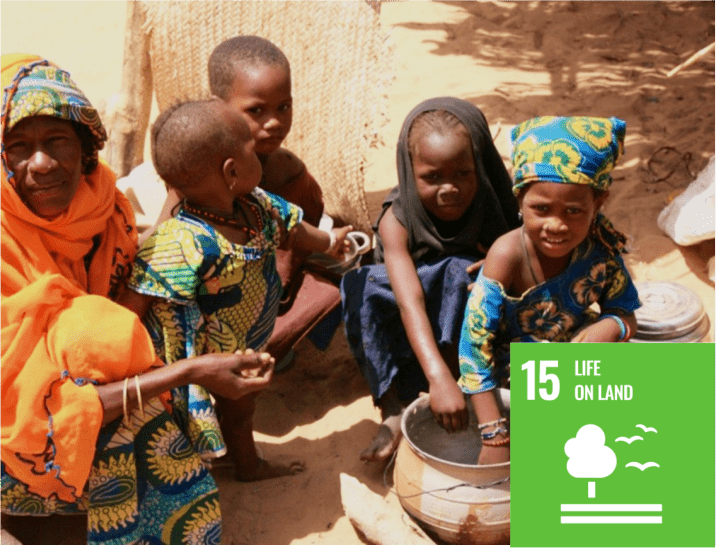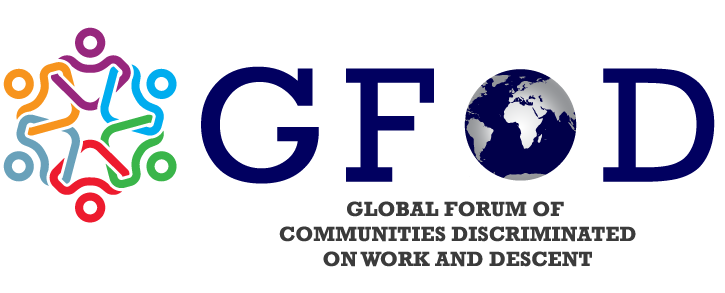SDG Goal 15- Life on Land

Dalit stakes in environment are high due to their dependence on natural resources for livelihoods. Though climatic uncertainties have implications on many sectors, rural livelihoods are most affected by changes in climatic patterns. Dalits, who are highly dependent on earnings from agricultural labour and, livestock rearing dependent on forests and other common lands have fewer resources and options to combat the damages to the resource base because of climate change.
Many communities categorised as CDWD have deep knowledge of ecosystems, forests and mangroves. But they are not recognised as repositories of such indigenous knowledge. Yet, the internalization of discrimination and exclusion continue to deprive them of their social, economic and political rights and opportunities. Their locational, social and economic vulnerabilities place a greater strain on their adaptive capacity to climate change and ability to deal with shocks, stresses and change.
Simultaneously, huge projects displacing people often impact the poorest and a large portion of these indigent sections often is left homeless and unprotected. Rehabilitation mechanisms often leave out caste and other similar groups discriminated on the basis of work and descent. The reverse of this is also true – many communities that have made home in disputed areas are uprooted in the name of environment protection, again impacting CDWD groups most. Very often, these groups do not figure among the indigenous groups.
In India, Dalit communities have faced violence from forest authorities. There have also been instances Dalit people not being adequately represented on committees set up to evaluate the forest rights of Scheduled Castes (SCs).

